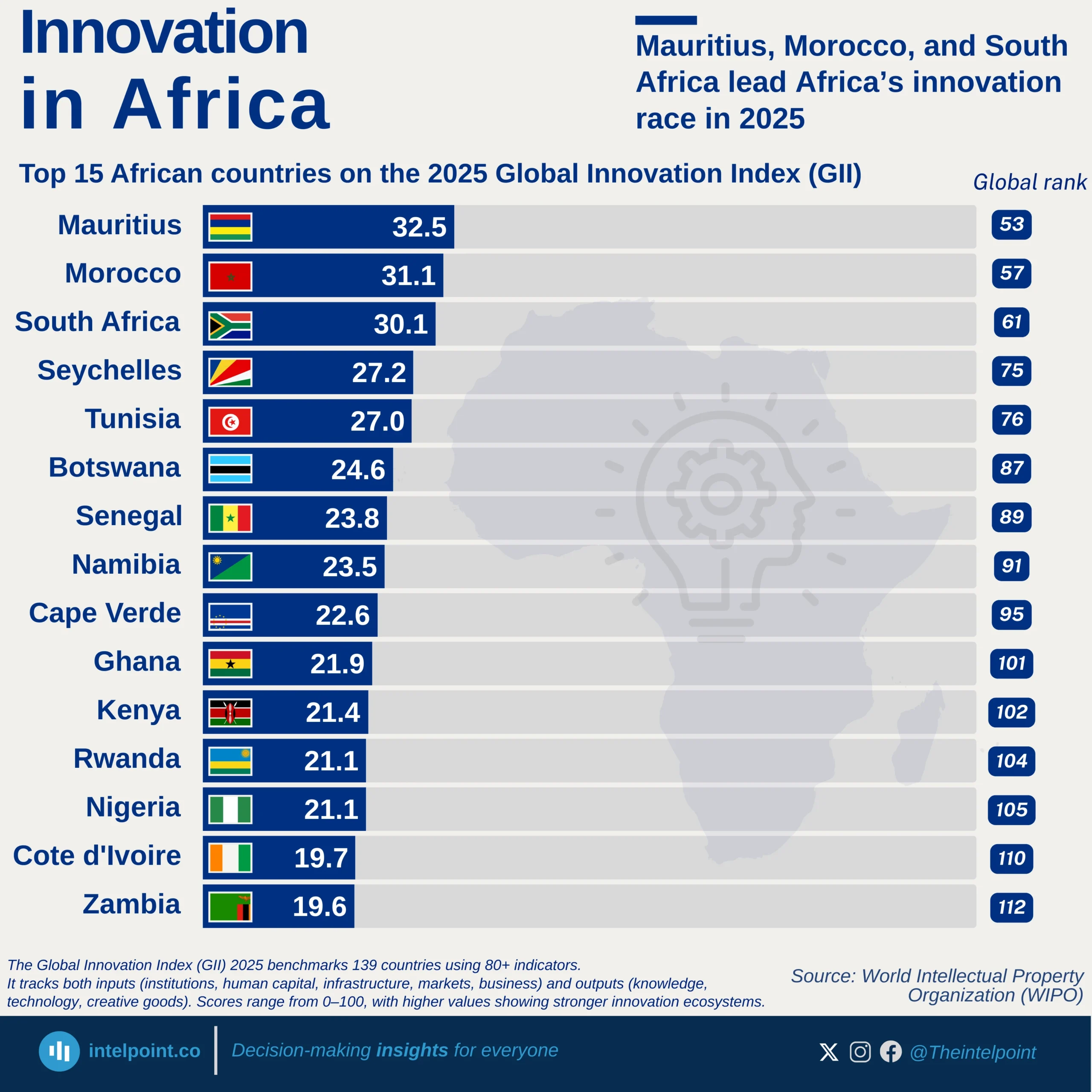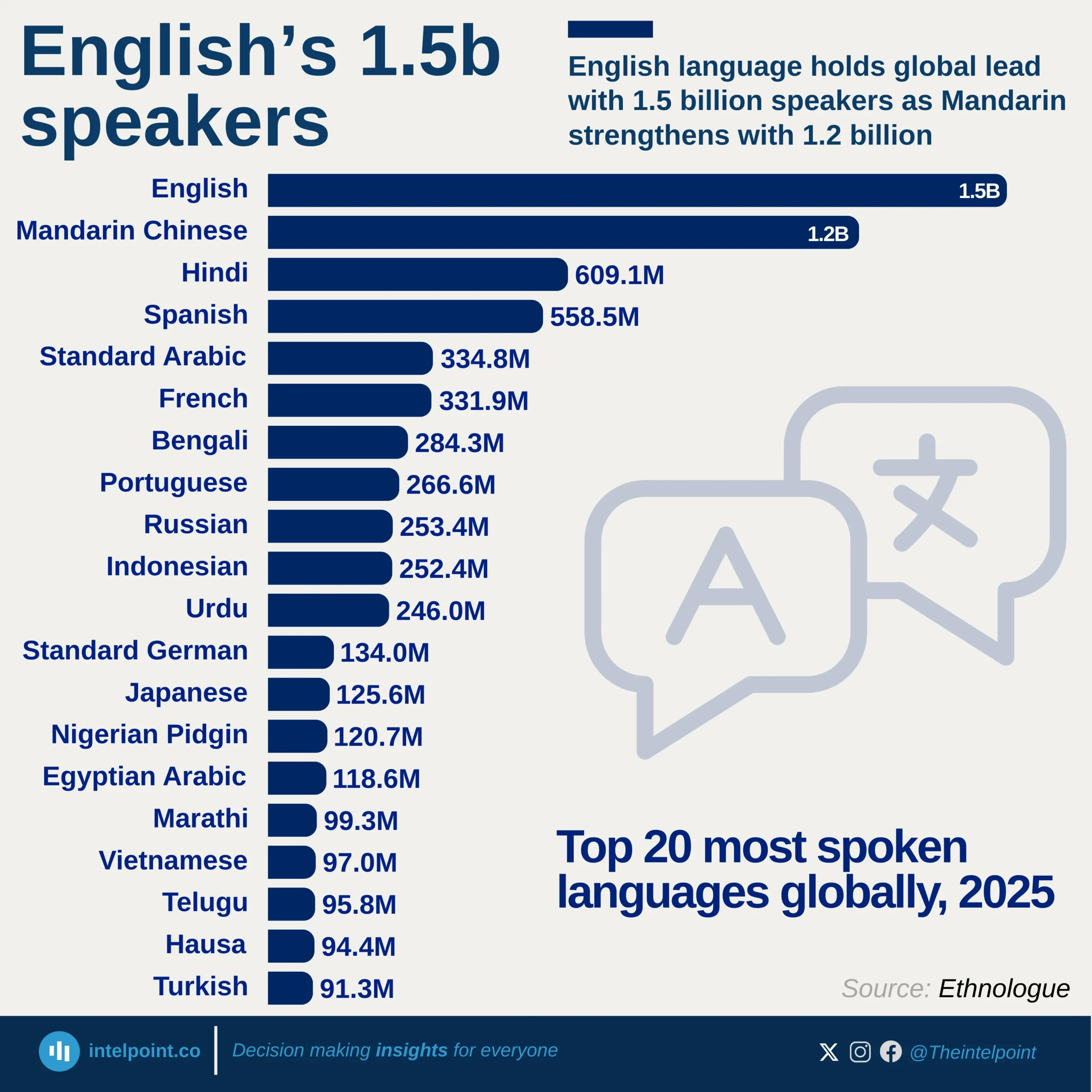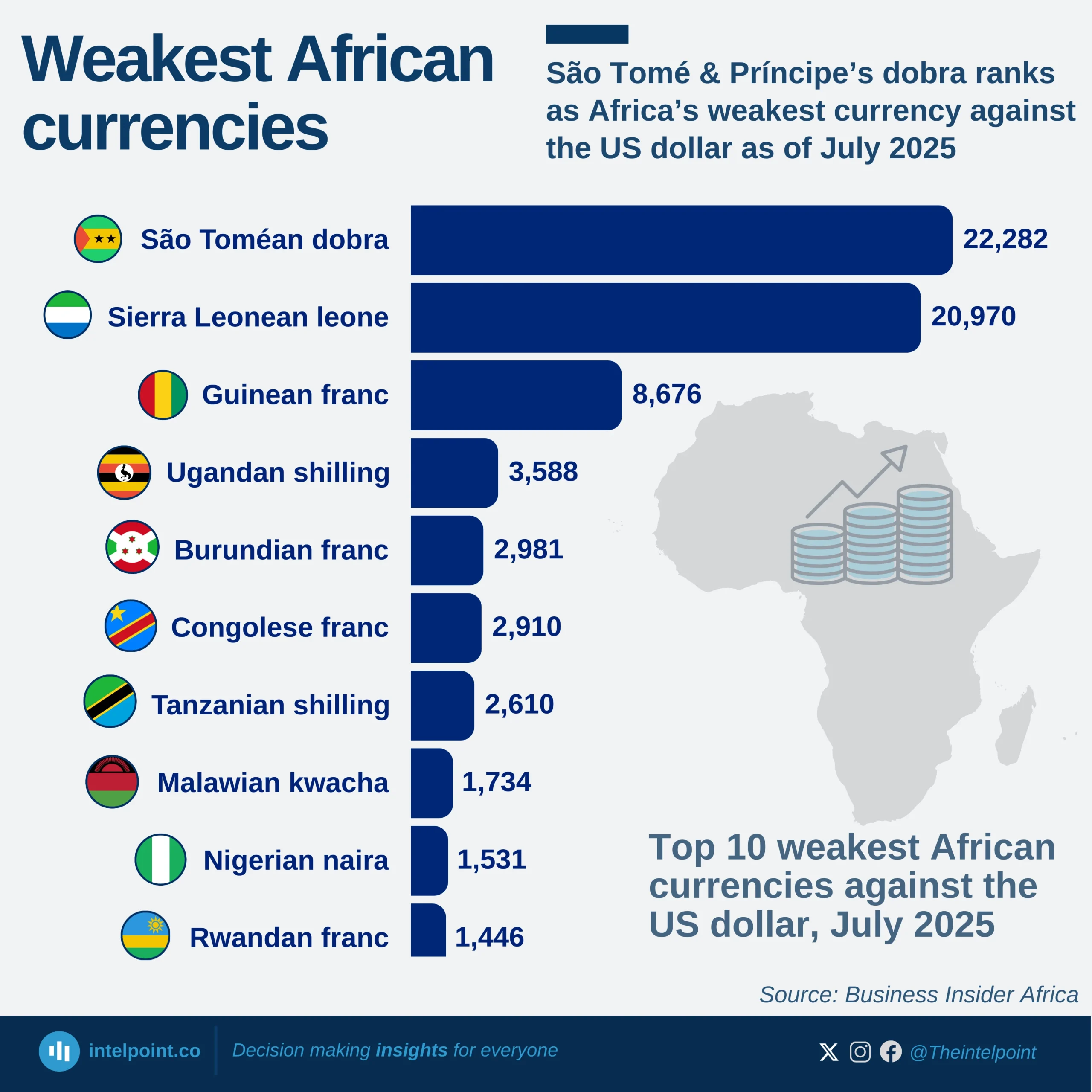Ukraine stands out dramatically with 36.5 net migrants per 1,000 people, far ahead of any other country or territory. This massive inflow points to complex migration dynamics, possibly influenced by regional conflict and shifting economic landscapes. This can also be attributed to the fact that a lot of Ukrainians returned to the country during the period. Other high-ranking destinations such as South Sudan (19.1) and Equatorial Guinea (12.1) suggest that parts of Africa, often overlooked in global migration conversations, are playing significant roles in absorbing migrant populations.





